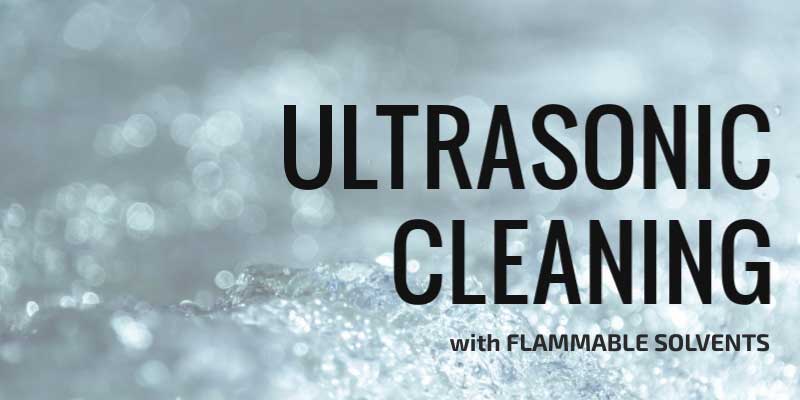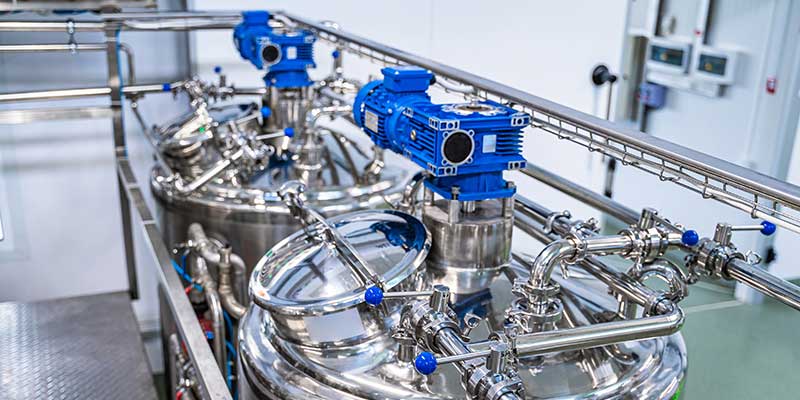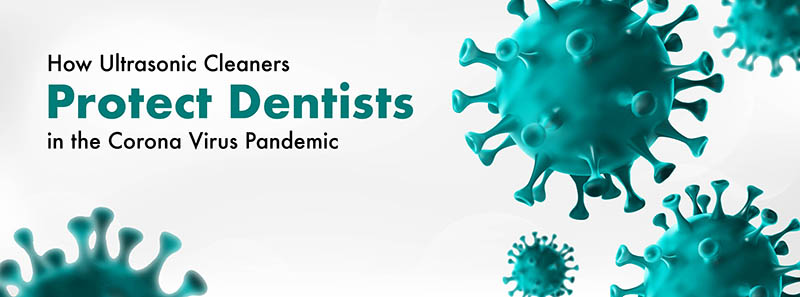Posts by Bob Sandor
Using Acetone Solvent as an Ultrasonic Bath
Acetone, a solvent and thinner available in paint and hardware stores, carries on its container a warning that it is extremely flammable and quickly evaporates. These two characteristics are always important to users but particularly important when acetone solvent is used as a degreaser in ultrasonic bath for residue-free removal of contaminants. This post provides…
Selecting a Heated Ultrasonic Cleaner
IQ, OQ, PQ Examples for Analytical Instruments
Analytical instruments confirm processing equipment used in the pharmaceutical, food and other industries meet standards set by the FDA, the Code of Federal Regulations Title 21 and other regulatory bodies. Standards apply from the very beginning with design qualification. At the customer location equipment is validated and verified via initial and ongoing tests described in…
Case Study: Solvent Ultrasonic Cleaning Helps Porvair Filtration
The following is a Case Study about how Porvair Filtration is using an ultrasonic cleaning system successfully in their cleaning processes. An explosion-proof ultrasonic cleaning system satisfies customers’ preferences for flammable solvents employed during initial cleaning processes for new and reconditioned stainless-steel filters, reports Jeff Bernier, Quality Manager at Porvair Filtration Group in Caribou, ME.…
Ultrasonic Cleaning with Flammable Solvents Resource
Select Your Topic of InterestHow Can I Use?Example UsesSelect the CleanerBaskets & Accessories Product OptionsSafety PrecautionsShop Cleaning with Flammable Solvent Solutions How Can I Use Flammable Solvents in an Ultrasonic Cleaner? Examples of widely used flammable solvents are IPA (Isopropyl alcohol), Acetone, and IMS (Industrial Methylated Spirits). Any time flammable solvents are used for cleaning purposes…
How to Use an Ultrasonic Bath to Make Liposomal Vitamin C
Ultrasonic Cleaners Protect Dentists During Corona Virus Pandemic
The American Dental Association releases guideline updates on how dental technicians can protect themselves during the current Corona Virus pandemic. It also refers dentists to conform to CDC guidelines for sterilizing and disinfecting patient care items and devices. These guidelines refer to reusable dental instruments, and among other techniques recommend the use of ultrasonic cleaners as…
How Ultrasonic Cleaning Brass Can Restore Gleam
Those appreciating the gleam of brass – whether fireplace andirons & tools, chandeliers, escutcheons, or antique decorative brass hardware of any description – also appreciate the work that goes into restoring and maintaining the gleam of brass. Chemical-based brass cleaners on the market usually require lots of time to apply and buff it off to…








